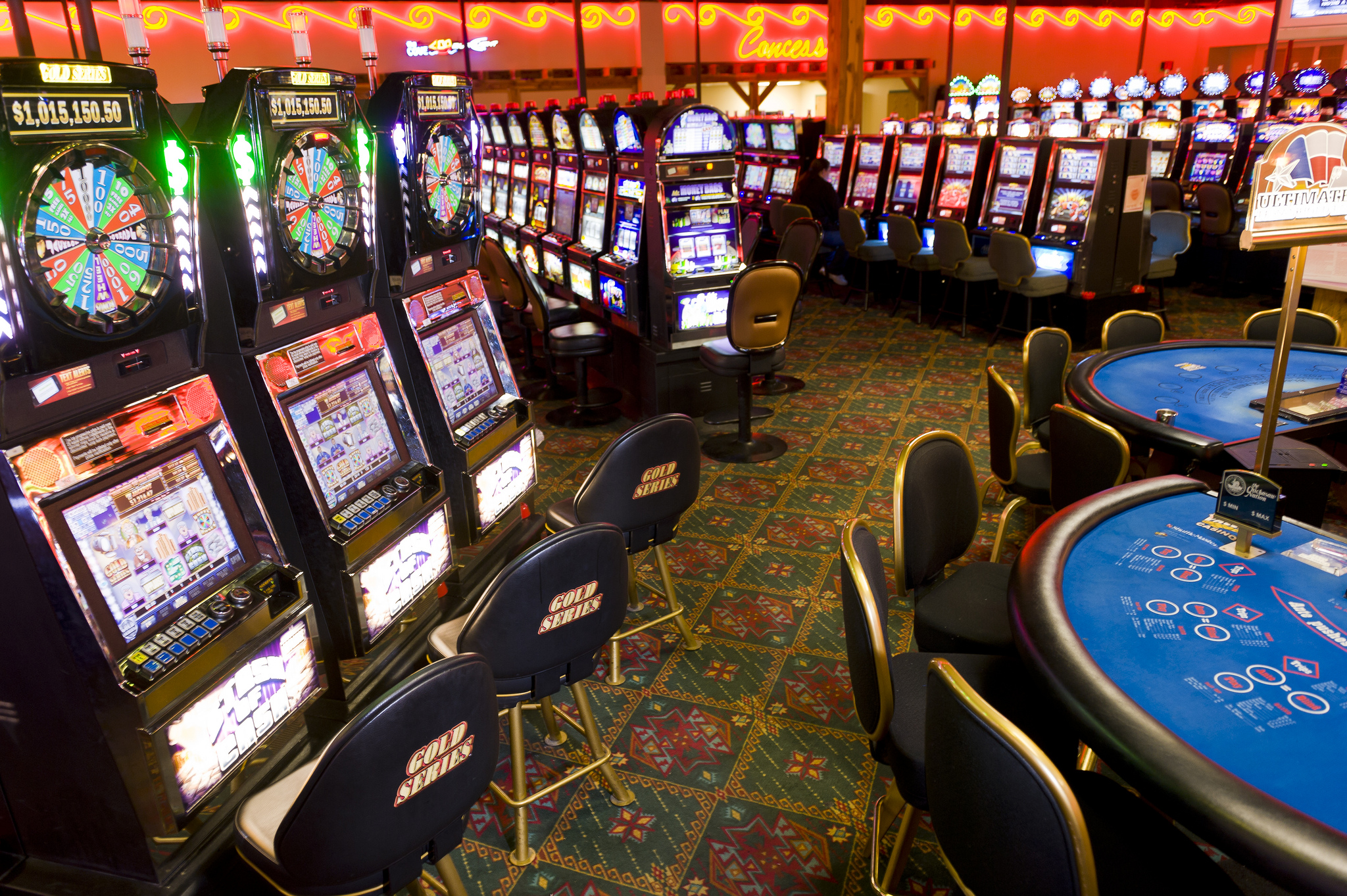
In the lively and stimulating world of gaming establishments, wherein luck and tactics intertwine, hues and aesthetic play a critical role in drawing in gamblers. From the moment visitors step into a casino or access a gaming platform, they are immersed in a sightly feast that grabs their attention and lures them to explore more. Vivid colors, captivating graphics, and innovative layouts are meticulously crafted to create an environment of excitement and anticipation, ultimately enhancing the gaming experience.
As players navigate through the ever-changing landscape of casino games, they come across a range of designs that not only serve aesthetic purposes but also influence feelings and decision-making. Colors like red and yellow symbolize wealth and fortune, while soothing blues and greens can create a more tranquil environment. ga179 com Understanding how these elements function together allows casinos to create an inviting and stimulating atmosphere that encourages players to interact with the games, invest additional time at the tables, and boost their overall enjoyment.
The Science of Color in Gambling Games
Hue plays a critical role in the development of gambling games, affecting player emotions and responses. Bright and vibrant hues, such as crimson and gold, are often used to incite enthusiasm and draw notice. These colors create a sense immediacy and dynamism, encouraging players to participate more readily with the experience. By intentionally selecting colors, creators aim to evoke feelings of satisfaction and expectation, which can enhance the total gaming experience.
Various hues also have psychological associations that can impact how participants perceive their chances of winning. For example, lime is commonly associated with luck and abundance, making it a frequent choice in activities like roulette and poker tables. This link can lead players to feel more positive and self-assured in their gaming, ultimately motivating them to stake more. Understanding these connections allows game creators to design environments that enhance player happiness and retention.
Moreover, the design of gambling game interfaces often employs color gradients and contrasting colors to guide players’ responses. For case, winning outcomes may be highlighted with vivid, opposing shades, creating a visual reward. This approach reinforces favorable outcomes and promotes repeated gameplay. By leveraging color psychology, gambling establishments can create activities that not only attract gamblers but also keep them engaged and dedicated in their gaming experience.
Design Elements that Engage Players
The visual appeal of gambling games is primarily influenced by the implementation of bold colors. Bright and contrasting colors are deliberately chosen to create an inviting atmosphere that grabs attention. For example, reds and golds often signify good fortune and prosperity, which is why they are common in the color schemes of gaming machines and table surfaces. These colors not only attract players in, but they also evoke emotions related to thrill and anticipation, enhancing the overall gaming experience.
In addition to color, the aesthetic and layout of gambling games play a crucial role in player attraction. Games are designed to be user-friendly, ensuring that players can easily understand the guidelines and gameplay. Accessible interfaces, along with engaging graphics and animations, help maintain gamer interest and promote extended play sessions. The tactile elements, such as the texture of the controls and the audio of the games, also add to a holistic sensory experience that keeps players immersed.
In conclusion, conceptual elements in game design can significantly influence player choice. Many gambling games are inspired by media, myths, or adventure themes, featuring symbols and characters that connect with players. These themes create a sense of engagement and connection, making each game feel distinct. When players feel a bond to the theme, they are more likely to opt for that game over others, leading to higher participation and excitement within the gambling environment.
Case Studies: Effective Gambling Slot Designs
One prime example of impressive casino game design is the acclaimed slot machine series themed around hit movies. Games such as those based on the Wizard of Oz and Game of thrones utilize bright colors and high-quality graphics to enthrall players in familiar narratives. The application of dynamic visuals and entertaining sound effects captures the focus of players, establishing an psychological connection to the theme. This strategy not just fosters longer play but also boosts the overall gaming experience, yielding increased player retention.
Another notable case is the application of the psychology of color in table games like blackjack and the wheel. Casinos often create these games with dark reds and greens, colors traditionally linked with luck and wealth. For instance, the emerald felt on a blackjack table provides a relaxing effect, while the crimson accents in roulette invite anticipation. This deliberate use of color helps to create an inviting atmosphere that stimulates players to engage, satisfying their psychological impulses and boosting their enjoyment.
Finally, social casino games that include community features and lively, colorful designs have seen remarkable success in engaging players. Games like Zynga Poker and Slot-O-Mania leverage vivid colors and playful animations to create an inviting online environment. The inclusion of leaderboards, social sharing options, and in-game rewards fosters competition and community, attracting players in for longer sessions. Such designs not just make the games visually appealing but also emphasize social interaction, a crucial factor in player retention and engagement within online casino environments.